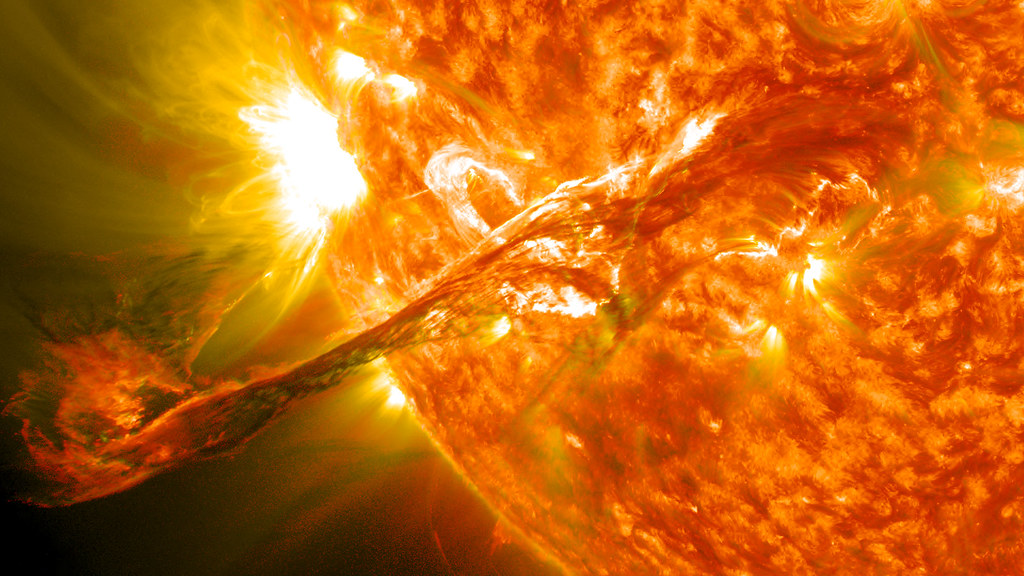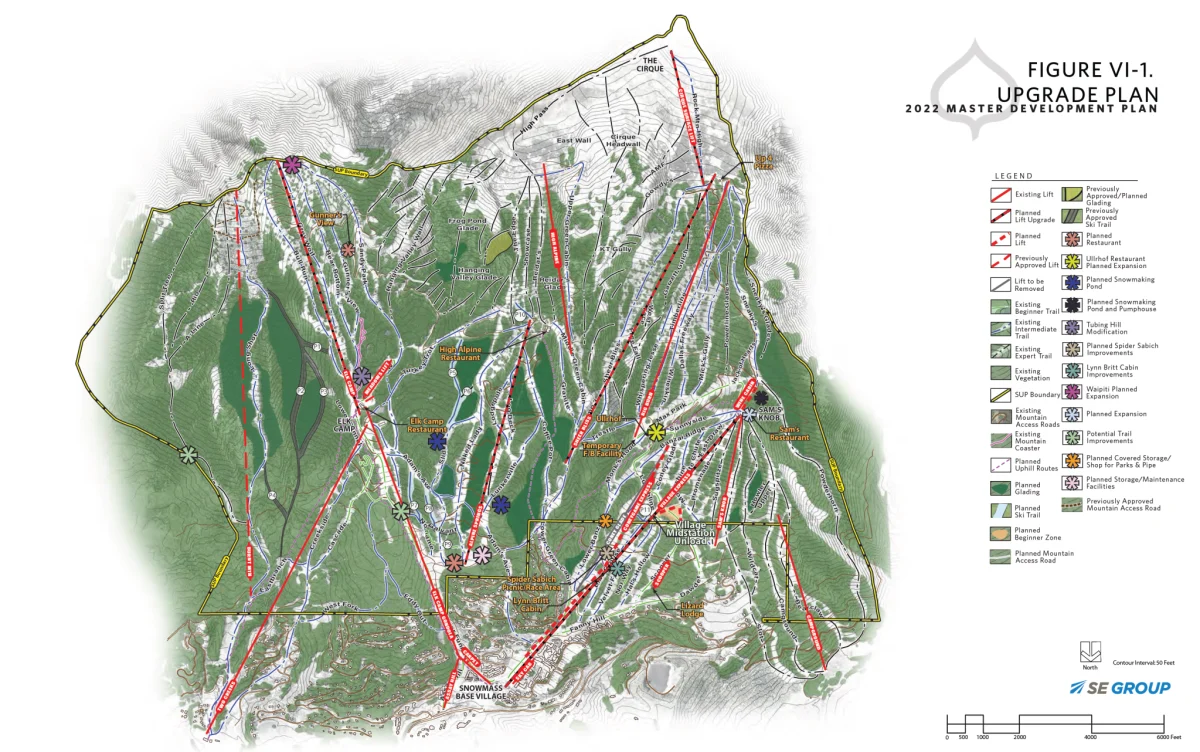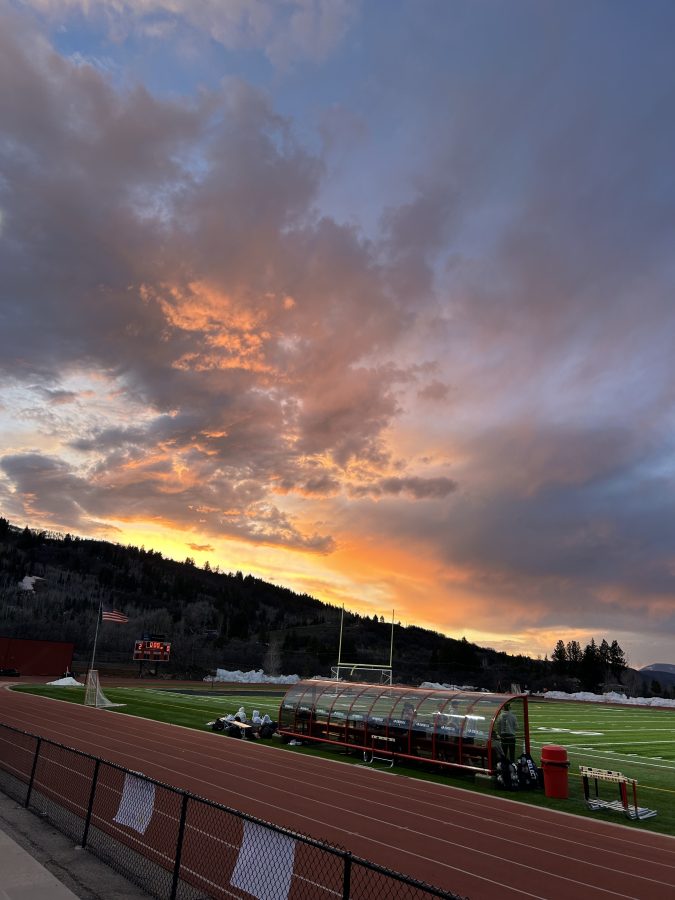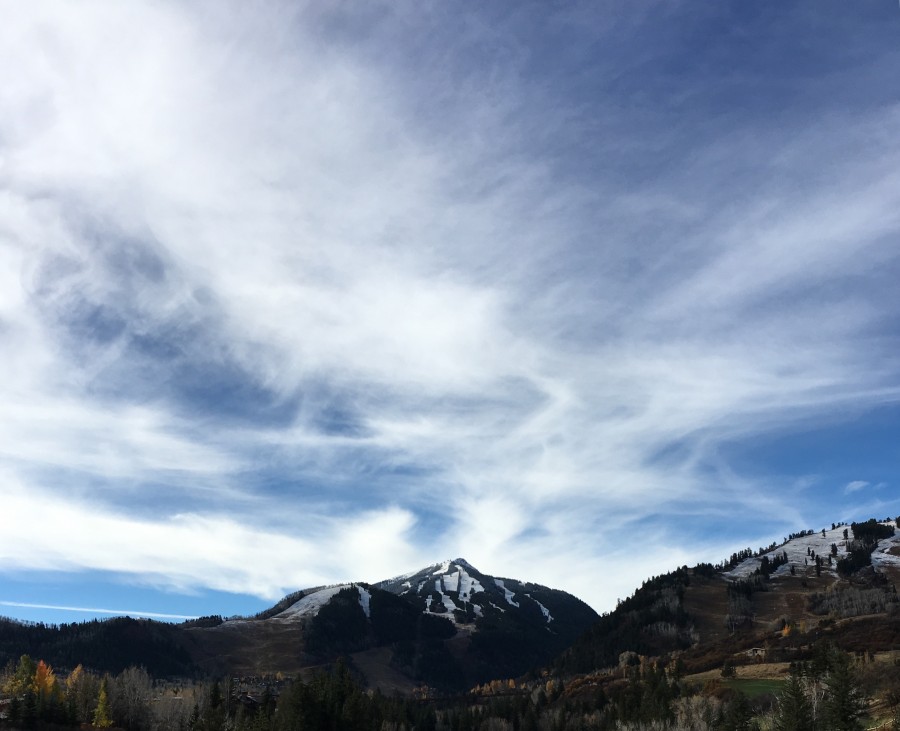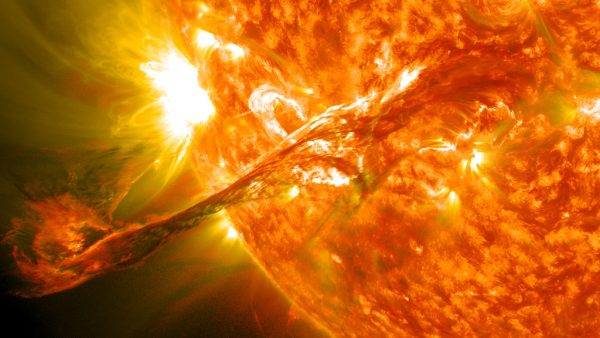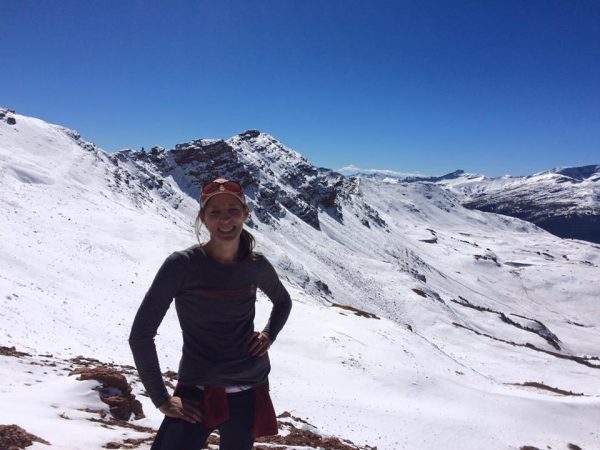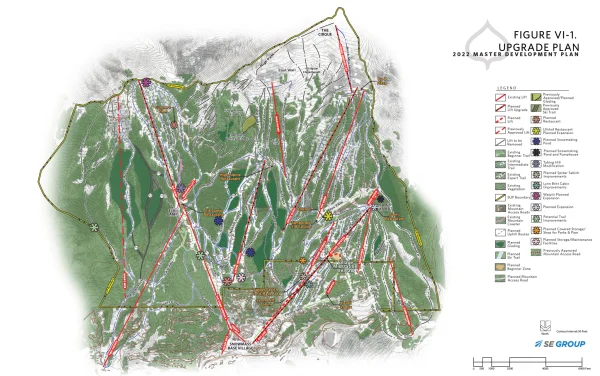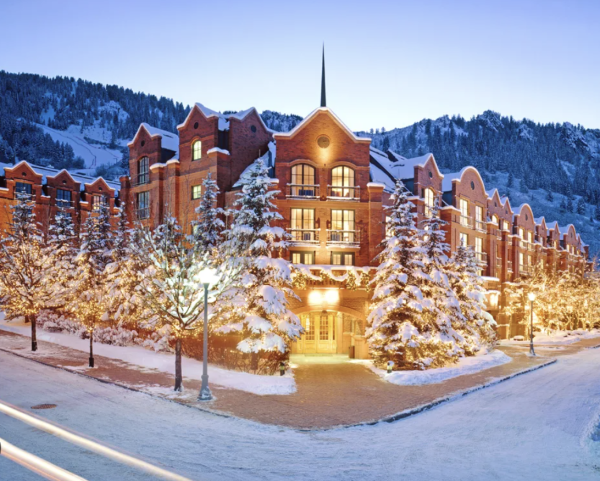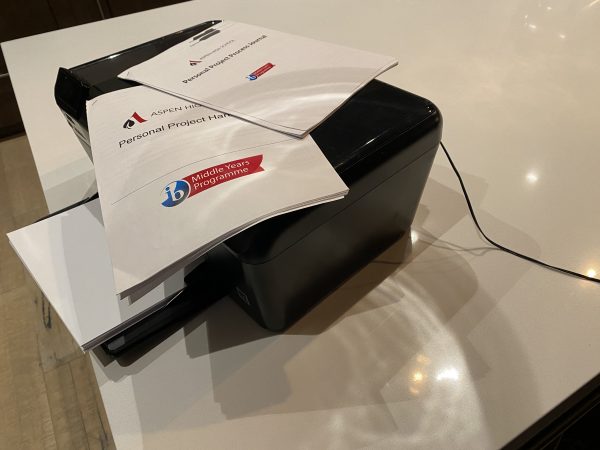2015-16 Ski Season Weather Overview
Snow has arrived in Aspen! From the first snow on the mountain peaks on October 7th to a blizzard on October 22nd, the snow has clearly returned to Aspen from its five-month international vacation.
“I was so excited when it snowed this past Thursday (October 22, 2015) because it reminded me of all the fun activities I do in the winter. I can’t wait for more snow!” AHS sophomore Grace Ferguson said.
AVSC athletes are also excited about the new snow in town.
“I’m so ready for the ski season to start. I was so happy when it started snowing because it means that I’m much closer to being able to ski,” AVSC alpine ski racer Mariel Gorsuch said.
The transition from fall to winter has begun, and a positive energy has exposed how antsy the AHS population is to start the ski season. The slopes won’t open tomorrow, but the month filled with anticipation can be replaced with learning about what this winter has to offer, and mentally and physically preparing for the upcoming ski season. So, wax your skis, buy your retro attire for 80s day, and get pumped for the 2015-16 Aspen/Snowmass ski season.
With this excitement and snow in the atmosphere, rumors regarding how the El Nino could affect the weather have been floating around.
The rumors are correct. The El Nino will affect the weather, but information as to how is lacking. Meteorologist Joel Gratz has some of the untold facts on OpenSnow.com. Gratz explains that the El Nino is when the central Pacific Ocean’s temperature is warmer than it usually is. According to him, the reason that we should care about this warming in water temperatures is that it can affect AHS skiers and snowboarders.
“What happens in one part of the world does not stay in that part of the world, at least in terms of weather. Everything is connected,” Gratz wrote in his El Nino series published on OpenSnow.com.
Here is how the El Nino will affect the mountains in Aspen.
“Based on El Nino trends, this winter is likely to be a bit warmer than average, ” Gratz said. “Previous El Nino winters have brought good snowfall late in the season, in March, April, and May.”
In 1998, an El Nino winter, Aspen’s total snowfall from December through March was 178 inches according to bestsnow.com. According to j2ski.com, last year the total snowfall from December to March was 150 inches.
The total snowfall accumulated last year and in 1998 are fairly similar as to totals, but month by month there will be differences.
In the long run, we will be seeing similar numbers, maybe even more, but the major difference in snowfall this year will be the timing. It is likely we will be seeing a lot more snow in the spring months compared to the amount of snow we saw last year in the spring.
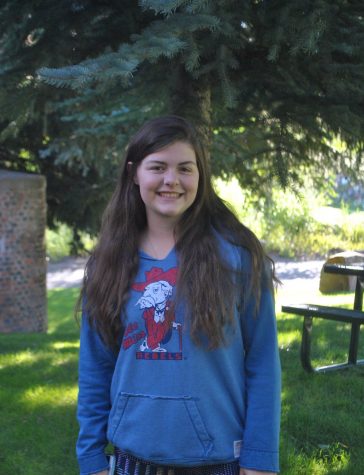
Livvy Clauss is a junior at AHS. She enjoys being outside whether it is biking, hiking, and skiing. She also loves writing and being up to date on news...

